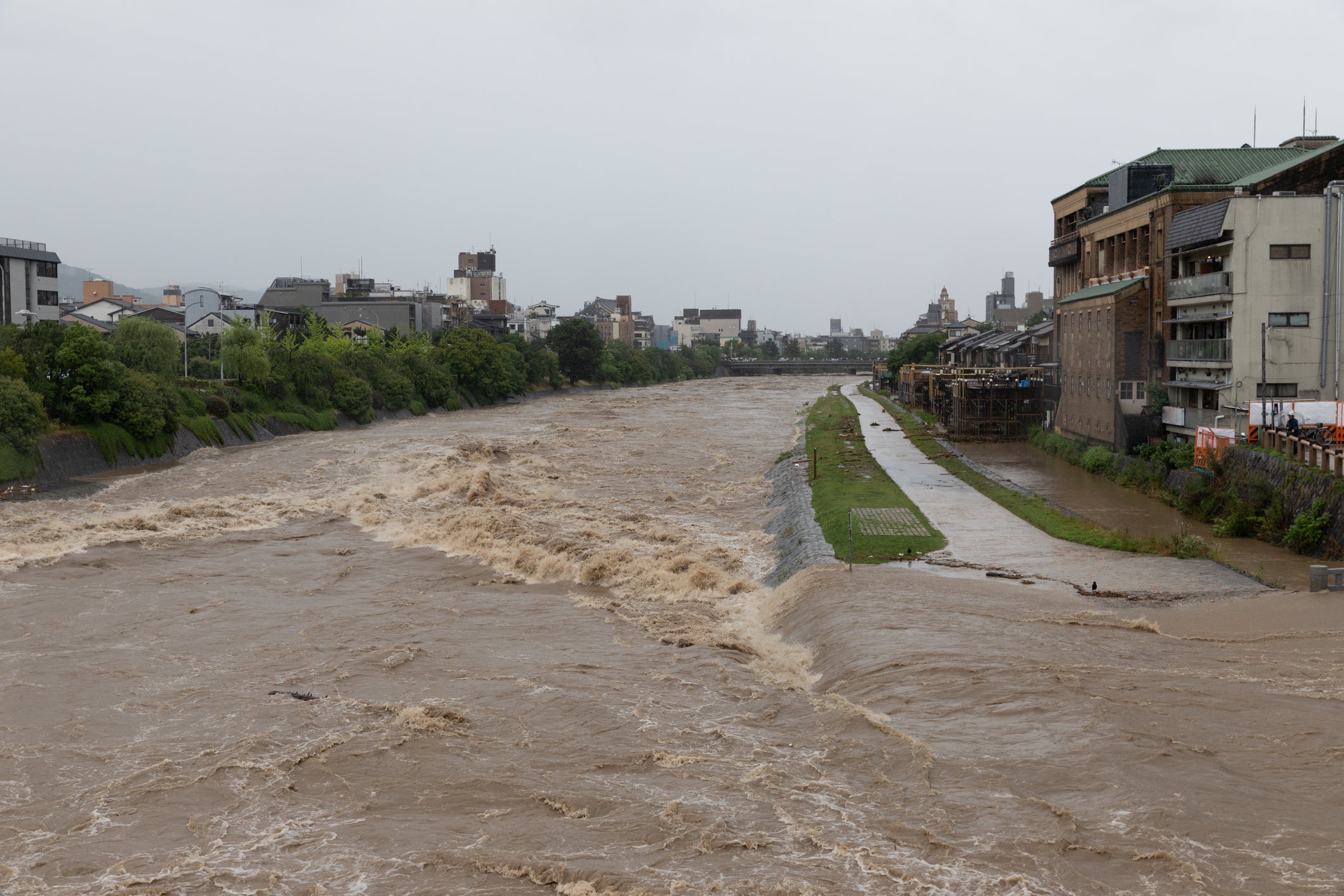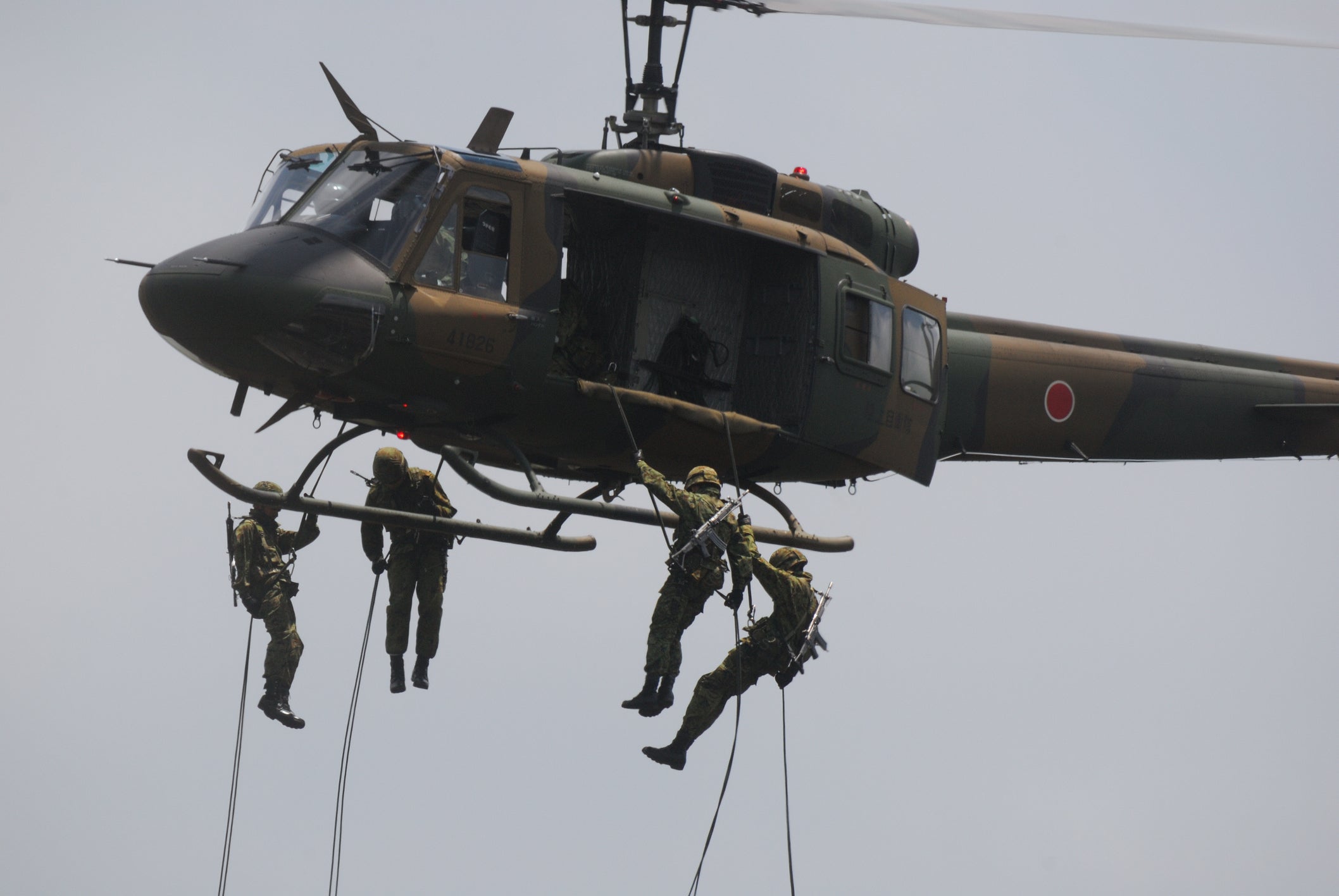How to choose disaster prevention goods with special needs in mind
table of contents
Introduction
1.Understanding individual needs
2.Securing essential items
3.Ensuring mobility
4Ensuring communication
5. Psychological support
6. Cooperation with surroundings
summary
Introduction
Disaster preparedness is extremely important to ensure the safety of yourself and your family during disasters such as earthquakes and typhoons. However, for people with special needs (elderly people, people with disabilities, infants, etc.), regular disaster prevention goods may not be enough. We have put together some advice below to help you choose the most suitable emergency gear, taking into account your special needs.
1.Understanding individual needs
1-1 Health status and medical supplies
Know the health status of people with special needs and stock them with the necessary medical supplies. Check information about your medical conditions and allergies, and include necessary medicines, prescriptions, glasses, hearing aids, etc. in your emergency kit. It is especially important to keep a few days' worth of medicine on hand in case you suddenly need it.
1-2 Mobility and movement support
Mobility items will be provided for those with mobility issues. We have items tailored to individual mobility needs, such as wheelchairs, walkers, and canes, to help you move safely and quickly in emergencies. Also check the accessibility of evacuation centers and evacuation routes.
1-3 Dietary restrictions and food stockpiling
People with special dietary restrictions should also be careful about food stockpiling. If you have allergies or religious restrictions, make sure you have special food and drinking water available. Also, consider energy drinks and vitamin supplements if nutritional supplementation is important.
1-4 Communication support
We will provide communication support for people who are hearing impaired or have difficulty communicating. We will prepare written communication tools, letter boards, notebooks, etc. to facilitate the smooth sharing of information and communication of requests. Radio and mobile devices are also important means of transmitting information.
1-5 Psychological support and entertainment
People with special needs can experience additional stress during disasters. Bring your favorite books, games, stress balls, toys, etc. to help you release stress and relax. Creating a comfortable environment also supports mental health.
1-6 Collaboration with families and care providers
Caring for people with special needs requires collaboration with families and care providers. Share your disaster prevention plan, evacuation locations, and contact information, and check your support system in the event of a disaster. By sharing information about necessary items and care, smooth cooperation is possible.
2.Securing essential items
2-1 Medicine and medical supplies
Medicines and medical supplies are paramount to keeping people with special needs healthy. If you have medications or prescriptions that you take on a daily basis, make sure you have enough for a few days to a week. In particular, keep sufficient stockpiles in case there is an urgent need for medicine. If you have diabetes, don't forget to bring insulin and a blood glucose meter.
2-2 mobility items
For people with limited mobility, mobility items such as wheelchairs, walkers, and canes are essential. We support movement to evacuation centers and evacuation areas, ensuring safe and quick evacuation. If necessary, check how to use and handle mobility items.
2-3 Food and water
Food storage is very important for people with special dietary restrictions. If you have any allergies or religious restrictions, we will prepare food that is suitable for you. Stock up on several days to a week's worth of food and water, including emergency supplies, to ensure you are well-fed.
2-4 Communication support
Communication support is important for people who are hearing impaired or have difficulty communicating. Prepare written communication tools, notebooks, text boards, etc. to ensure smooth information sharing and communication of requests. We also use radio and mobile devices to gather information and ensure communications.
2-5 Psychological support items
People with special needs can experience additional stress during disasters. To support stress release and relaxation, prepare your favorite items, stress balls, relaxing music, etc. Creating a comfortable environment also supports psychological health.
2-6 Important documents and contact information
Prepare important documents containing information about people with special needs. This includes medical records, allergy information, emergency contacts, and more. Make sure you have documents like your ID and insurance card ready so you can share the information you need.
3.Ensuring mobility
3-1 Understanding individual mobility needs
First, we understand exactly the mobility needs of people with special needs. Figure out what items are needed for each situation, such as wheelchair users, walkers, and people who use canes.
3-2 Stockpile necessary mobility items
Stock up on necessary mobility items for use in times of disaster. Prepare emergency supplies such as wheelchairs, walkers, canes, etc., and choose items that you are familiar with. We also regularly check the maintenance status of items and make repairs or replacements as necessary.
3-3 Confirm the accessibility of evacuation shelters and evacuation sites
Check the accessibility of shelters and shelters in advance. We check whether there are suitable facilities and routes for people with disabilities, and select evacuation sites as necessary. It is also important to have elevators and barrier-free facilities available.
3-4 Drafting an evacuation plan
Develop evacuation plans for people with special needs. Determine evacuation destinations and evacuation routes, and clarify how mobility items will be used. Know the contact information for evacuation centers and evacuation sites, and prepare for a smooth evacuation in the event of an emergency.
Securing personnel to provide 3-5 assists
In addition to ensuring mobility, if assistance is required during evacuation or movement, we will ensure that there are personnel to fill that role. Consider asking people you trust for help, such as family, friends, or care providers. It is also important to communicate your mobility assistance needs to shelters and shelter staff.
3-6 Ensuring access and priority in emergencies
Look for emergency access and right-of-way measures to support mobility. Liaise with shelters and shelter operators to coordinate appropriate support for people with special needs.
4.Ensuring communication
4-1 Understanding communication needs
It starts with understanding the communication needs of people with special needs. Understand communication methods tailored to each situation, such as deaf people, people with non-verbal communication needs, and very young children.
4-2 Preparation of communication items
Prepare necessary communication items. We will provide sign language dictionaries and sign language interpreters for the hearing-impaired, and we will provide written communication tools, writing boards, etc. for those who need to communicate using letters and pictures.
4-3 Utilization of technology
Technology is a powerful means of supporting communication. Share information and stay in touch via text, email, social media, chat apps, and more. In particular, the use of mobile devices allows real-time information transmission even in emergencies.
4-4 Securing support staff
For those who have difficulty communicating, we will provide support staff. Sign language interpreters, communication support specialists, care providers, and more can help you communicate information and requests.
4-5 Providing simple and easy-to-understand information
In an emergency, it is important that information is communicated quickly. By providing concise and easy-to-understand information, people with special needs can be treated appropriately. Consider providing information using visuals.
4-6 Confirm contact information and shelter accessibility
Check the contact information and accessibility of the evacuation center. Establish communication with shelters and shelter staff to ensure appropriate information is provided to those with special needs.
4-7 Promoting empowerment and self-expression
We provide people with special needs with opportunities for self-expression and encourage them to communicate their wishes and wishes. Having opportunities to express yourself will help reduce stress and facilitate information sharing.
5. Psychological support
5-1 Ensuring a comfortable environment
We ensure a comfortable environment for people with special needs at shelters and shelters. We provide a place where you can relax and your personal space, and we strive to create a comfortable place.
5-2 Providing psychological support items
We provide favorite books, games, puzzles, stress balls, and other items to support stress release and relaxation. These items will help you change your mood and relax during your evacuation.
5-3 Providing psychological activities
It is also important to provide psychological activities for people with special needs. We introduce relaxation techniques such as meditation, deep breathing, and stretching to help reduce stress and increase comfort.
5-4 Setting up a support group
Establish a support group to facilitate interaction with others who share the same situation. We provide a place for people with special needs to share information, share their feelings, and encourage each other.
5-5 Participation of psychological support professionals
We will introduce specialized psychological counselors and social workers to provide the necessary psychological support to people with special needs. We offer ways to manage stress and anxiety through individual counseling and group sessions.
5-6 Regular communication and information provision
We provide reassurance through regular communication with people with special needs. We will reduce anxiety by transparently and appropriately providing the latest information, coping methods, and support.
5-7 Ensuring a sense of security
It is important to provide peace of mind to people with special needs. Through communication with supporters, we promote a sense of security by letting them know that care is available and that the support they need will be provided.
6. Cooperation with surroundings
6-1 Communication with family and care providers
Communicate with families and care providers to share information about the person with special needs and what support they need. Be sure to confirm your roles and responsibilities in the event of a disaster, and secure a means of communication.
6-2 Creating an emergency contact card
Create emergency contact cards for people with special needs. Write your name, emergency contact information, allergy and health information on it, and keep it somewhere handy. This allows you to quickly provide the information you need at evacuation sites and medical institutions.
6-3 Contact with evacuation centers and local support organizations
Contact shelters and local support organizations to inform them of the presence of people with special needs and the assistance they need. Inform shelter staff of your special needs and work with them to provide needed items and support.
6-4 Ensuring cooperation from neighbors and local communities
It is also important to build a cooperative system with surrounding neighbors and people in the community. We pledge to inform each other of the existence and situation of people with special needs and to help each other in times of danger or need of assistance. Community solidarity provides great support during disasters.
6-5 Check the accessibility of evacuation centers and areas
Check the accessibility of shelters and local facilities to select locations suitable for people with special needs. We will ensure appropriate access for people with disabilities and strive to make evacuation shelters and facilities safe and comfortable places.
6-6 Sharing of support system
Share support systems for people with special needs. Clearly communicate to family, friends, neighbors, community members, and relevant organizations how to provide needed items and information and how to contact them if they need assistance.
6-7 Ensuring regular communication
It is important to maintain regular communication not only during disasters, but also during normal times. We share information to understand the recent status and condition of people with special needs and provide the necessary support.
summary
Establishing community connections for people with special needs can more effectively ensure safety and support during disasters. Strengthen your cooperative system by carefully planning communication methods, division of roles, and information sharing.








